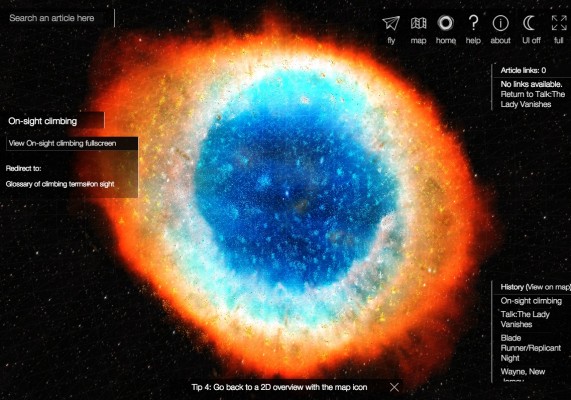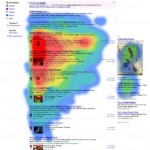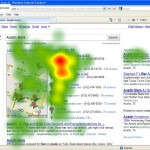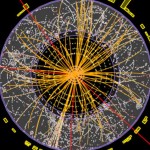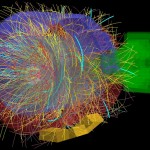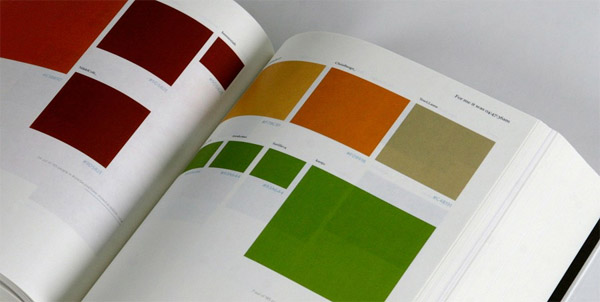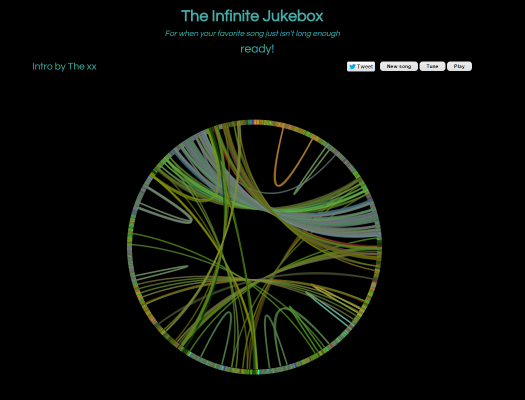This week I investigated some data visualization of urban systems. Big data, simulation and visualization are important topics in urban planning and management of emerging urban cities. There are many associations of research institutions with government agencies in pursuit of new tools for urban resilience and to promote a deep understanding of urban phenomena. Here I will focus on 2 labs that are developing very interesting tools for data visualization around the world: ETH Future Cities Lab and MIT Senseable City Lab.
Future Cities Laboratory is one of the research programs of the Singapore-ETH Centre for Global Environmental Sustainability (SEC). It developed many tools to model and simulate many urban phenomena and dynamics. It comprises the many scales of the city – from material and building to territory – and one of the main focus in the urban scale is transportation. In this video Eva Friedrich presents a tool that supports the analysis of accessibility in the urban tissue of Singapore: Singapore transport accessibility (2013). It contains many algorithms such as clustering and shortest path that allow the user to choose what data to visualize and even to simulate some hypothetical situations (time of a travel).
The MIT Senseable City Lab is also focused on visualizing the phenomena of the city in real time and it has developed many visualizations of world cities over the last 10 years . The lab also developed 3 tools to visualize mobility data at Singapore, in the project visual explorations of urban mobility (2012). One of this tools is called touching bus rides, which uses data from smart cards of bus transportation to enable the exploration the patterns of use of the buses and in different lines. As in the project above, it uses a multi-touch table to amplify the interaction with the researcher.
Based on data from the Land Transport Authority, the data lenses tool enables to magnify the details of the network to monitor the bus stops. It also allows to select layers to quickly visualize other data such as passengers load and paid fares in specific locations.
Finally, traffic origins uses information (local and time) of traffic accidents and road-speed and traffic-flow data derived from Land Transport Authority’s network of sensor to analyze the relation between accidents and congestion.
All these tools have a very well-defined goal and at the same time, they inspire future scenarios of participatory design and planning in big cities. Surely, this would lead us to a political debate that is beyond the scope of this topic. All these 4 tools are very interesting, but in a brief analysis, I consider that Singapore transport accessibility is less specific than MIT tools, at the same time it has many interesting algorithms. In this sense, it seems to enable a more engaging experience.
All in all, this is a topic that is becoming part of our daily life, so I hope that soon everyone could access all these data and use similar tools to analyse our urban environment and the transportation system for free.
